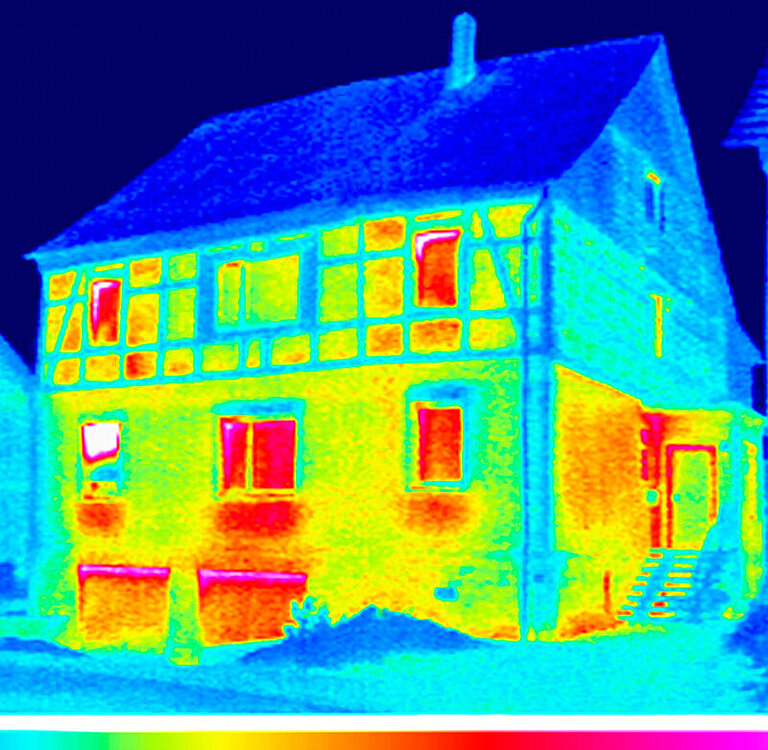The value of energy efficiency in the building sector in times of sector coupling

Energy efficiency reduces both the total cost of an energy system and the cost of its long-term transformation. This was demonstrated impressively in the study entitled “Positive effects of energy efficiency on the German electricity sector” commissioned by Agora Energiewende, ECF and RAP.
The BMWi’s Green Paper on Energy Efficiency and Electricity 2030 incentive paper reference the results of the study as the basic premise for “Efficiency First”. However, the efficiency of the sectors – electricity, heat (and transport) – have only been considered individually. The “Power System Benefits Study” calculated only the system value of one saved electrical kilowatt hour.
If the electricity, heat (and transport) sectors are more closely coupled in future, the complexity and therefore the risk of false incentives and poor decisions with regard to expensive transformation pathways, path dependencies and “lock-in effects” will increase. The value of energy efficiency in the building sector in times of the sector coupling must be calculated in order to put “Efficiency First” into practice as a concept, and to control investment decisions accordingly.
In essence, this study deals methodically with the development of a system benefits study, as has already been done for the electricity sector, and now also for the building heating sector.
A large number of studies of the heat transition have already been undertaken. However, none of these previous analyses have answered the question as to how the German climate protection objectives in the building heating sector can be achieved at the lowest cost to the economy, taking into account the cross-sector influences of efficiency measures, and the cost reduction effect of the energy efficiency; in other words, what are the additional costs associated with a failure to meet efficiency targets in the building sector? In addition, the investment measures deemed necessary for a successful heat transition are not prioritised on the timeline.
The study ties in directly with the Agora study on “Heat transition 2030 – Key technologies for achieving the medium and long-term climate protection targets in the building sector” and is designed to provide suitable recommendations for (political) action.
The EU Commission has also adopted “Efficiency First” as part of its “Clean Energy for All Europeans” package. Putting the concept into operation at EU level has raised similar questions as on a national level, albeit at a different level of abstraction, e.g. in the methodical procedure for the determination of benchmarks. For example, the Federal Ministry for Economic Affairs and Energy (BMWi) also drew on the results of the “Power System Benefits Study” by Agora, ECF and RAP while negotiating the winter package. The study is also designed to provide appropriate incentives for the building heating sector.
In addition, the project is embedded in a higher-level political, economic and social argumentation and persuasion process to put “Efficiency First” into operation and enable it to become widespread. Briefings, papers, national and international workshops, and further studies are all planned as part of this process.
Runtime
March 2017 – November 2018
Client
Agora Energiewende
European Climate Foundation
Partner
Fraunhofer-Institut für Windenergie und Energiesystemtechnik IWES
Consentec GmbH
